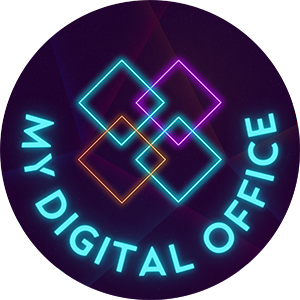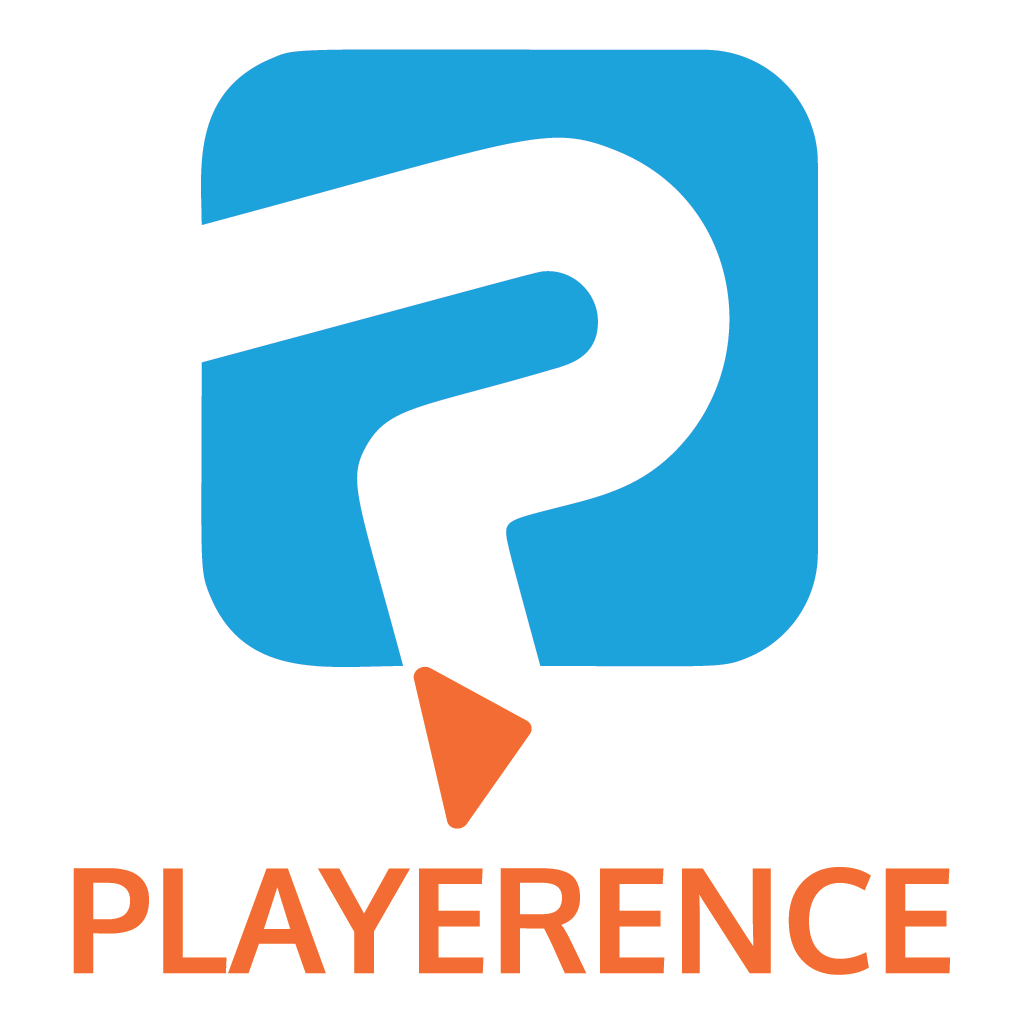We all know the positives of working from home. Employees can enjoy a better work-life balance, less commuting stress, more freedom and flexibility, and more time with their loved ones.
For companies, having fewer workers in the office means lower overheads related to renting the office space. Moreover, allowing people to work from home means they’re more productive, healthier and happier, which translates into lower staff turnover.
Yet, despite the apparent advantages, working from home has its downsides, too. The common challenges in remote working are time management, interruptions, psychological well-being, poor technology setup, and fragmented communications.
This article will examine each issue in detail, outlining the implications for both employees and employers and possible solutions.
Common Work-from-Home Challenges and How To Handle Them Effectively
Challenge 1: Time Management Resulting in Overworked Employees
Working from home means having a lot of unstructured time on hand, which isn’t always positive!
Research suggests that work-from-home employees tend to work longer, spending more time in meetings and trying to catch up while collaborating asynchronously. 70% of individuals also claim that since transitioning out of the office, they now also find themselves working weekends.
Indeed, as you work from the comfort of your home, the boundary between your professional and personal life is blurred, resulting in overworking, exhaustion, and burnout.
Solution: Employees should consider setting their working schedule and time-blocking parts of the day for certain activities, such as team meetings or catch-ups with a manager. Meanwhile, leaders should establish core working hours and normalise taking breaks, so employees can feel empowered to back away from the monitor.
Challenge 2: Distractions at Home
Another roadblock that people hit is distractions, which are unavoidable while working from home. Whether interruptions from family members, a courier delivering a parcel, or other household chores, they take you away from whatever task you’ve got on hand.
According to one study, more than one in ten millennials and one in five baby boomers admitted to playing video games or doing laundry while working at home. Cooking, running errands, doing laundry, taking care of children, watching movies, and cleaning are just a few other activities that might distract your attention.
Our body and mind work best with routine, so distractions can lower productivity, increase stress, and negatively affect workers’ mental health.
Solution: Having a separate workspace and establishing clear boundaries with family members are two of the most effective strategies for employees to manage distractions. Equally, bosses should encourage virtual team members to identify and tackle the distractions’ root causes and develop better working habits.
Challenge 3: Poor Technology Killing Collaboration and Communication
Are there workplace measures in place to facilitate seamless telework? Have you equipped your remote team with technology that supports connectivity? We’re not just talking about a stable internet connection, a decent computer, and a Zoom subscription—these are the basic requirements.
To support a remote or hybrid work model, you need project management tools, business applications, and video conferencing software accessible from any device and place employees work.
The right technology is paramount since it helps professionals thrive in a remote working model. Furthermore, if half of your workers work from the office and half from home, it is even more important to ensure good communication and collaboration.
Unfortunately, the reality is that businesses are using siloed remote working tools that neither talk to each other nor can promote efficient workflows, leaving workers frustrated and constantly jumping between the platforms, which is counterproductive.
Solution: Consider implementing an interactive digital office to unify fragmented systems and bring back flow in remote working environments.
A complete virtual workplace, My Digital Office, unites human connection, productivity, and healthy work habits to help remote and hybrid teams thrive no matter where they work from. It resembles a traditional office with meeting rooms, open office space, and a kitchen while equipped with collaborative features, such as a whiteboard, real-time video and audio chats, live documents, automated status and task management updates, and much more.
Give your remote and hybrid teams a tool to facilitate quality interactions, cohesiveness, and collaboration!
Click here to start a free trial.
Challenge 4: Loneliness
Loneliness and isolation can quickly kick in when working from home—lack of interactions with coworkers and fewer opportunities to build deeper and more meaningful connections. 67% of individuals who work in full-time remote positions experience loneliness, so with that in mind, what can we do about it?
Solution: Remote employees should proactively reach out to on-site or virtual colleagues to feel more included and less lonely. At the same time, managers should facilitate remote team-building activities that foster company culture and bring individuals together.
Challenge 5: Lack of Visibility
Many companies want to observe their employees doing activities, so they can use this as evidence that they are undertaking their job effectively. But, the mere fact that someone is physically present in the workplace does not imply that they are productive.
Lack of visibility into remote teams’ progress can result in unwanted mistrust. Managers cannot keep an eye on how things are moving, while employees are worried that bosses can’t see whether they’re meeting expectations and how their work adds value to the overall business objectives.
Solution: Instinctively, leaders might want to tap into time tracking tools to control the remote teams better, but this could further hurt the trust. So, what’s the way out?
Consider incorporating regular daily or weekly check-ins (whichever option is more feasible) where employees can provide quick status updates on their tasks and milestones. This will give an opportunity to show what has been achieved over a specific period and ask questions.
Conclusions
Remote work—with its benefits and challenges—is here to stay. Discussing the downsides is essential, as that’s the only way to fix them.
After all, research demonstrates that with the proper technological and managerial measures in place, remote work can increase remote employees’ productivity and morale; thus, workplaces should embrace the new way of work as a long-term strategy.








